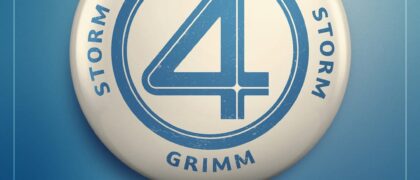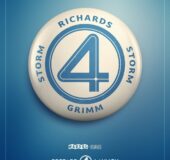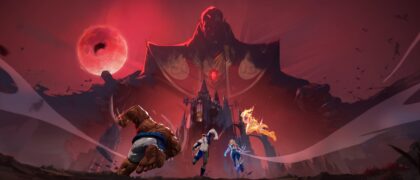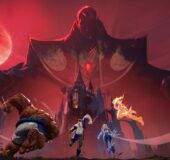Fantastic Four: First Steps Trailer Available Now!
The Fantastic Four: First Steps trailer went live this morning and comic fandom is buzzing with early positive reaction to director Matt Shakman’s upcoming film! Averaging millions of views an hour as of this posting, the pleasant reactions to the trailer are already setting the stage to build further excitement before its July 25th release





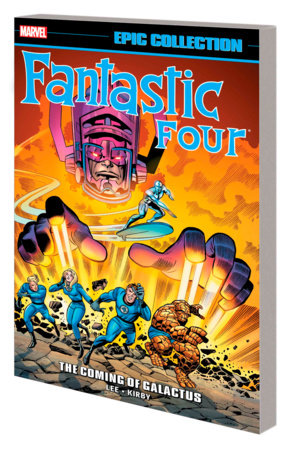
![Amazing Spider-Man Epic Collection: The Goblin's Last Stand [New Printing 2]](https://images.penguinrandomhouse.com/cover/9781302967796?width=180)
![The Invincible Iron Man Omnibus Vol. 4 Jack Kirby Cover [DM Only]](https://images.penguinrandomhouse.com/cover/9781302968298?width=180)
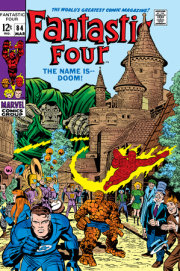
![The Avengers Omnibus Vol. 6 Jack Kirby Cover [DM Only]](https://images.penguinrandomhouse.com/cover/9781302968274?width=180)
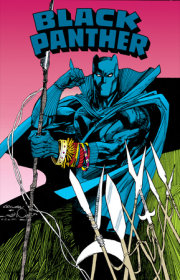
![Black Panther: Panther'S Prey Omnibus Jack Kirby Cover [DM Only]](https://images.penguinrandomhouse.com/cover/9781302967666?width=180)
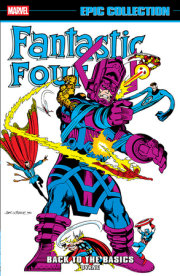
![FANTASTIC FOUR #52 FACSIMILE EDITION [NEW PRINTING]](https://images.penguinrandomhouse.com/cover/75960621565205211?width=180)
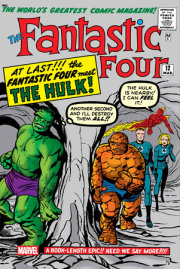
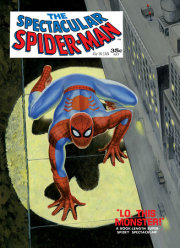
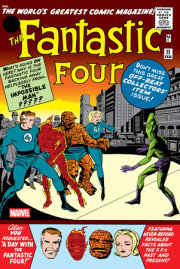

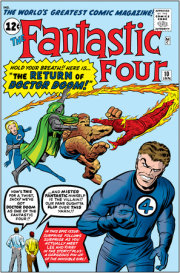

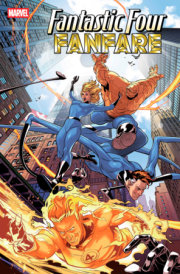
![Marvel Masterworks: The Amazing Spider-Man Vol. 4 [Remasterworks]](https://images.penguinrandomhouse.com/cover/9781302956066?width=180)
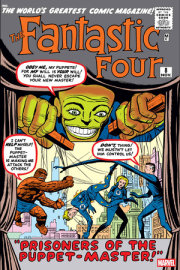

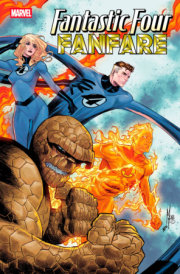
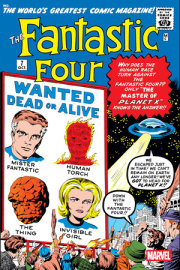
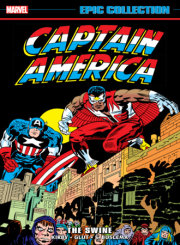
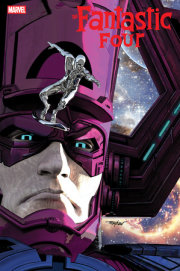
![Marvel Masterworks: The Silver Surfer Vol. 1 [Remasterworks]](https://images.penguinrandomhouse.com/cover/9781302956042?width=180)




![Silver Surfer Omnibus Vol. 1 John Buscema First Issue Cover [New Printing 2]](https://images.penguinrandomhouse.com/cover/9781302963583?width=180)
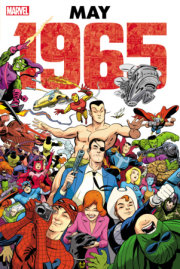
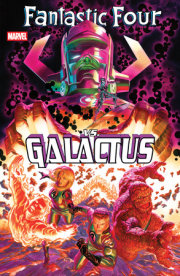

![Marvel Masterworks: Captain America Vol. 1 [Remasterworks]](https://images.penguinrandomhouse.com/cover/9781302956028?width=180)
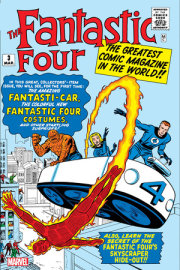
![FANTASTIC FOUR #1 FACSIMILE EDITION [NEW PRINTING 2]](https://images.penguinrandomhouse.com/cover/75960621319100111?width=180)
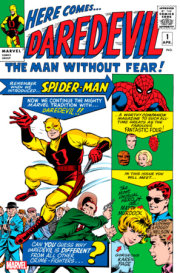
![Marvel Masterworks: The Fantastic Four Vol. 3 [Remasterworks]](https://images.penguinrandomhouse.com/cover/9781302956004?width=180)
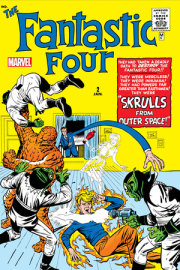
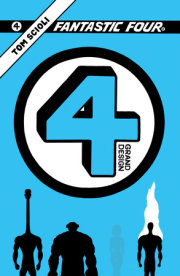

![FANTASTIC FOUR #1 FACSIMILE EDITION [NEW PRINTING]](https://images.penguinrandomhouse.com/cover/75960621066400111?width=180)
![Mighty Marvel Masterworks: The Incredible Hulk Vol. 4 - Let There Be Battle Original Cover [DM Only]](https://images.penguinrandomhouse.com/cover/9781302954376?width=180)
![CAPTAIN AMERICA #117 FACSIMILE EDITION [NEW PRINTING]](https://images.penguinrandomhouse.com/cover/75960621198211711?width=180)
![Marvel Masterworks: The Uncanny X-Men Vol. 2 [Remasterworks]](https://images.penguinrandomhouse.com/cover/9781302951467?width=180)

![Fantastic Four Epic Collection: World's Greatest Comic Magazine [New Printing 2]](https://images.penguinrandomhouse.com/cover/9781302960421?width=180)
![Captain America Omnibus Vol. 2 Carlos Pacheco Cover [New Printing]](https://images.penguinrandomhouse.com/cover/9781302958398?width=180)
![Incredible Hulk Epic Collection: Man Or Monster? [New Printing 2]](https://images.penguinrandomhouse.com/cover/9781302960438?width=180)
![Mighty Marvel Masterworks: The Mighty Thor Vol. 4 - When Meet The Immortals Original Cover [DM Only]](https://images.penguinrandomhouse.com/cover/9781302954253?width=180)
![Marvel Masterworks: The Amazing Spider-Man Vol. 3 [Remasterworks]](https://images.penguinrandomhouse.com/cover/9781302951429?width=180)
![The Invincible Iron Man Omnibus Vol. 2 Salvador Larroca Cover [New Printing]](https://images.penguinrandomhouse.com/cover/9781302958992?width=180)
![Mighty Marvel Masterworks: The Avengers Vol. 4 - The Sign Of The Serpent Original Cover [DM Only]](https://images.penguinrandomhouse.com/cover/9781302954291?width=180)
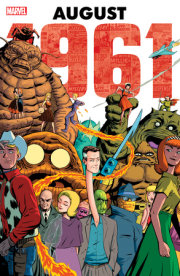
![Marvel Masterworks: The Avengers Vol. 2 [Remasterworks]](https://images.penguinrandomhouse.com/cover/9781302951405?width=180)
![Avengers Epic Collection: Earth's Mightiest Heroes [New Printing]](https://images.penguinrandomhouse.com/cover/9781302957988?width=180)
![Captain America Epic Collection: Bucky Reborn [New Printing]](https://images.penguinrandomhouse.com/cover/9781302957858?width=180)
![Mighty Marvel Masterworks: Daredevil Vol. 3 - Unmasked [DM Only]](https://images.penguinrandomhouse.com/cover/9781302954277?width=180)
![X-Men Epic Collection: Children Of The Atom [New Printing 2]](https://images.penguinrandomhouse.com/cover/9781302957834?width=180)
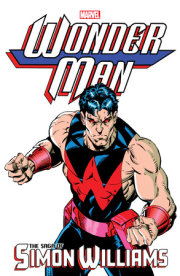
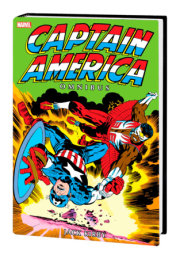
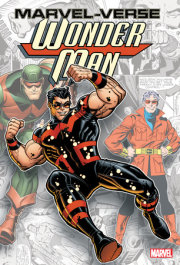
![Mighty Marvel Masterworks: Captain America Vol. 3 - To Be Reborn [DM Only]](https://images.penguinrandomhouse.com/cover/9781302954314?width=180)
![Amazing Spider-Man Epic Collection: The Secret Of The Petrified Tablet [New Printing]](https://images.penguinrandomhouse.com/cover/9781302957810?width=180)
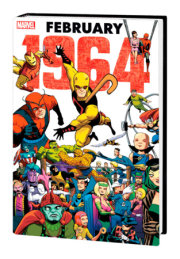
![X-MEN 4 FACSIMILE EDITION [NEW PRINTING]](https://images.penguinrandomhouse.com/cover/75960620888300411?width=180)
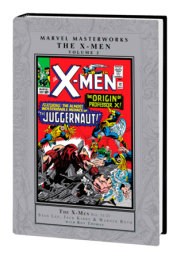

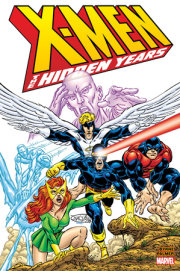
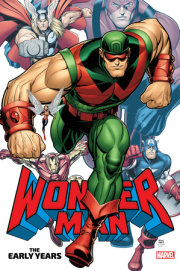
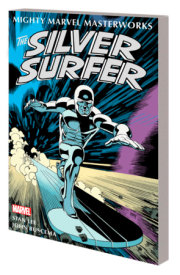
![Mighty Marvel Masterworks: The Silver Surfer Vol. 1 - The Sentinel Of The Spaceways [DM Only]](https://images.penguinrandomhouse.com/cover/9781302949105?width=180)

![Daredevil Epic Collection: Mike Murdock Must Die! [New Printing]](https://images.penguinrandomhouse.com/cover/9781302950569?width=180)
![Marvel Masterworks: The Fantastic Four Vol. 2 [DM Only]](https://images.penguinrandomhouse.com/cover/9781302951351?width=180)

![Mighty Marvel Masterworks: The Incredible Hulk Vol. 3 - Less Than Monster, More Than Man [DM Only]](https://images.penguinrandomhouse.com/cover/9781302949044?width=180)
![Marvel Masterworks: The X-Men Vol. 1 [DM Only]](https://images.penguinrandomhouse.com/cover/9781302951290?width=180)
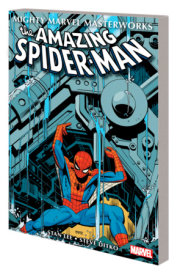
![Mighty Marvel Masterworks: The Amazing Spider-Man Vol. 4 - The Master Planner [DM Only]](https://images.penguinrandomhouse.com/cover/9781302949006?width=180)
![Marvel Masterworks: The Fantastic Four Vol. 1 [DM Only]](https://images.penguinrandomhouse.com/cover/9781302951276?width=180)
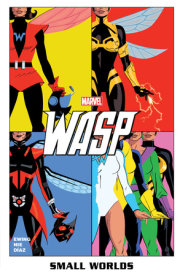

![Marvel Masterworks: The Amazing Spider-Man Vol. 1 [DM Only]](https://images.penguinrandomhouse.com/cover/9781302951252?width=180)
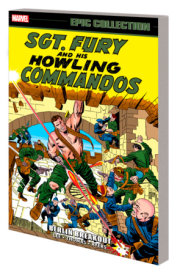
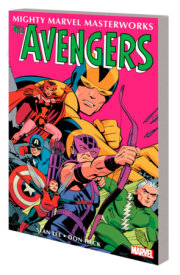
![Mighty Marvel Masterworks: The Avengers Vol. 3 - Among Us Walks A Goliath [DM Only]](https://images.penguinrandomhouse.com/cover/9781302948962?width=180)
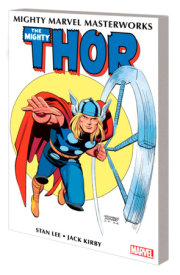
![Mighty Marvel Masterworks: The Mighty Thor Vol. 3 - The Trial Of The Gods [DM Only]](https://images.penguinrandomhouse.com/cover/9781302948948?width=180)
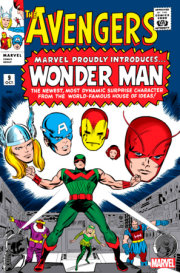
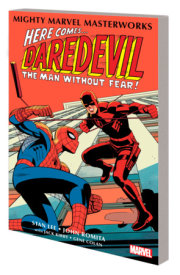
![Mighty Marvel Masterworks: Daredevil Vol. 2 - Alone Against The Underworld [DM Only]](https://images.penguinrandomhouse.com/cover/9781302948924?width=180)
